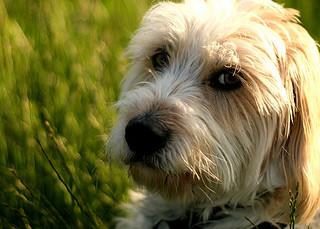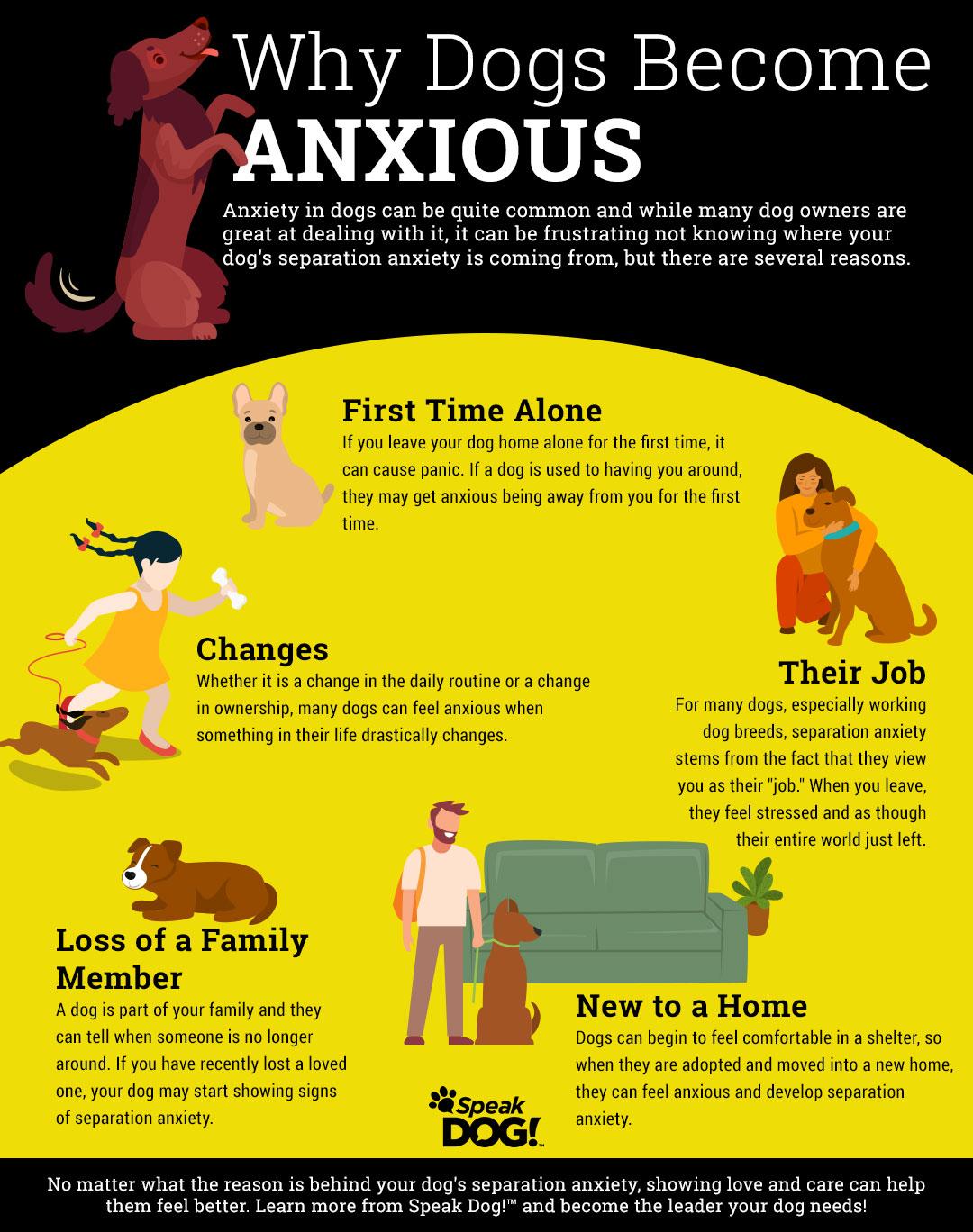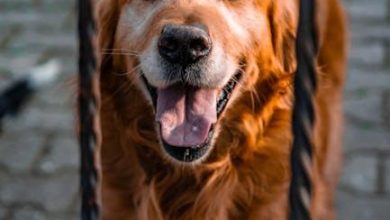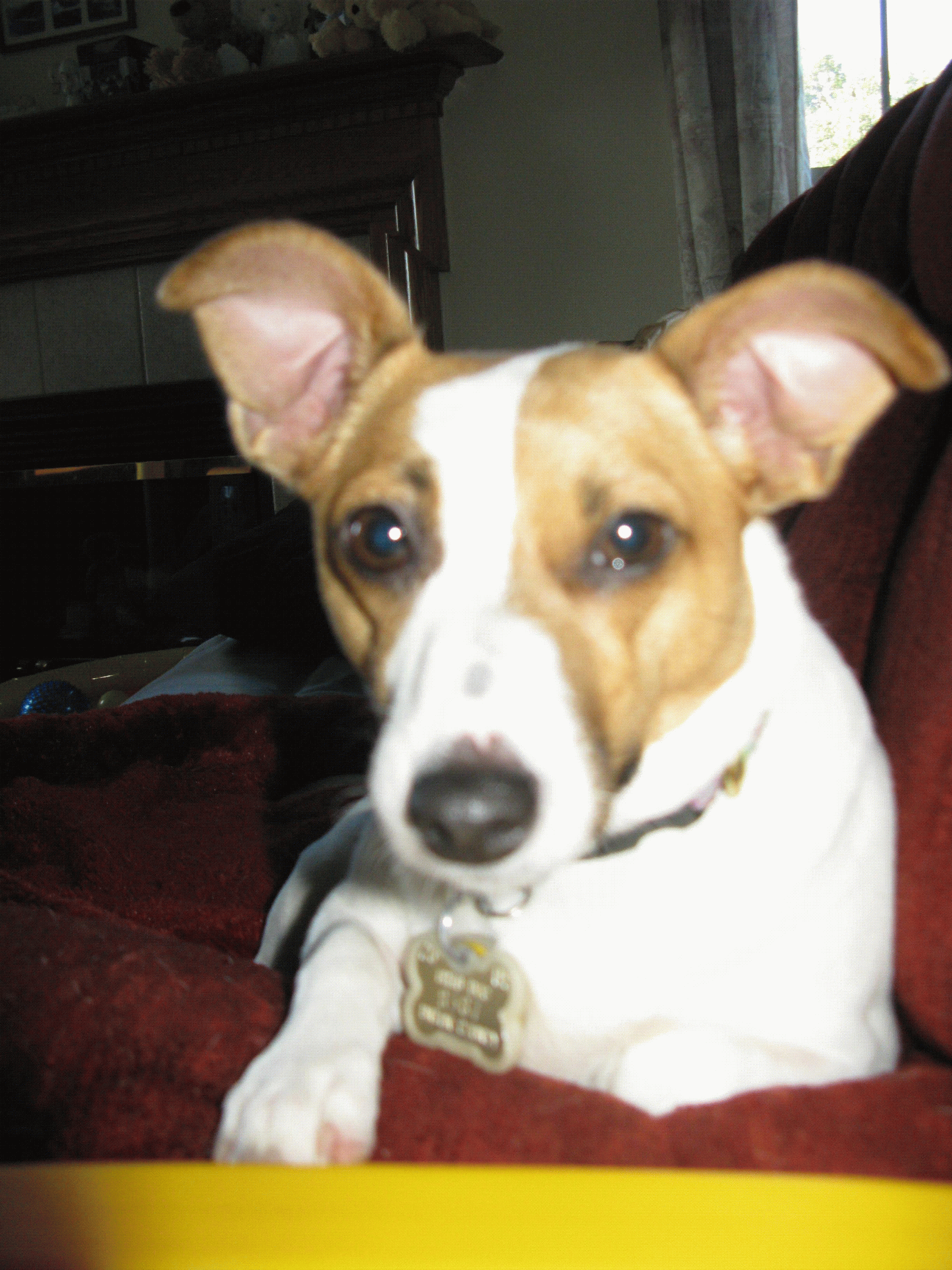Why Some Dogs Develop Separation Anxiety and Others Do Not

Dogs have long been celebrated as loyal companions, often forming deep bonds with their human families. However, while some dogs seem perfectly content when left alone, others exhibit signs of distress and anxiety. This puzzling phenomenon, known as separation anxiety, can manifest in behaviors such as excessive barking, destructive chewing, or even attempts to escape. Understanding why some dogs develop separation anxiety while others do not is a topic of great interest to pet owners and animal behaviorists alike. By exploring factors such as genetics, early life experiences, and environmental influences, we can gain valuable insights into this common canine condition and learn how to help our furry friends feel more secure when we’re away. Join us as we delve into the world of dog psychology to uncover the reasons behind separation anxiety and discover ways to support our four-legged companions in leading happier, more relaxed lives.
Understanding the Roots of Separation Anxiety in Dogs
Separation anxiety in dogs can often be traced back to their early experiences and individual temperament. Puppyhood experiences play a crucial role in shaping a dog’s emotional resilience. Puppies that have been prematurely weaned, moved frequently, or had inconsistent care may develop a heightened fear of being alone. This is because they haven’t had the chance to build a secure attachment to a caregiver, which is essential for developing a sense of safety when left alone.
Additionally, certain breeds are more predisposed to separation anxiety due to their genetic makeup. Breeds known for their close companionship traits, such as Labrador Retrievers, Border Collies, and Toy Poodles, may be more susceptible. It’s not just about breed, though. Individual temperament also matters. Some dogs are naturally more anxious or sensitive and might be more prone to feeling distressed when separated from their owners. Key factors influencing separation anxiety include:
- Early life experiences
- Breed predisposition
- Individual temperament
- Changes in routine or environment
- Traumatic events, such as a shelter stay
Understanding these roots can help pet owners develop better strategies for managing and alleviating anxiety in their canine companions.

Factors That Protect Some Dogs from Anxiety
- Genetic Predisposition: Just like humans, dogs have unique genetic makeups that influence their temperament and behavior. Some breeds are naturally more resilient and less prone to anxiety due to their genetic lineage. Breeds that have been historically bred for independence, such as certain herding or working dogs, may inherently possess traits that make them less susceptible to stress when left alone.
- Early Socialization: Dogs that have been well-socialized from a young age tend to handle changes and new situations with more ease. Exposure to a variety of environments, people, and other animals can build confidence and reduce the likelihood of anxiety developing later in life. A well-socialized dog is often more adaptable and less likely to become anxious when their routine is disrupted.
- Stable Environment: Consistency in a dog’s environment plays a significant role in their emotional well-being. Dogs that experience minimal disruptions, such as frequent moves or changes in household dynamics, often feel more secure. A stable home with a predictable routine can act as a buffer against anxiety, providing the dog with a sense of safety and reliability.
- Positive Reinforcement Training: Training methods that focus on positive reinforcement can help foster a trusting relationship between a dog and its owner. Dogs that are trained with patience and encouragement are likely to develop a strong bond with their humans, enhancing their sense of security. This bond can act as a protective factor against anxiety, as the dog feels supported and understood.
- Exercise and Mental Stimulation: Physical activity and mental challenges are essential for a dog’s overall health. Dogs that receive regular exercise and mental enrichment are often better equipped to handle stress. Activities like puzzle toys, scent games, and agility training not only tire them out physically but also provide the mental engagement needed to keep anxiety at bay.

Identifying Early Signs of Anxiety in Your Dog
Dogs, much like humans, exhibit subtle signs before fully manifesting anxiety, especially when it comes to separation. Recognizing these early indicators can be crucial in addressing the issue before it escalates. Physical symptoms are often the most noticeable. Look for signs such as excessive panting, drooling, or even trembling when you’re preparing to leave. Behavioral changes can also be telling; your dog might start pacing or become more vocal with barking or whining.
Changes in appetite and sleep patterns are another red flag. A dog that suddenly loses interest in food or seems unusually lethargic may be experiencing anxiety. Other early signs can include:
- Clinginess or following you from room to room
- Attempting to escape when confined
- Destructive behavior, like chewing on furniture or scratching at doors
- Frequent accidents in the house, despite being house-trained
By being attentive to these early cues, you can take proactive steps to help your furry friend feel more secure and comfortable, potentially preventing full-blown separation anxiety from developing.

Practical Tips to Help Your Dog Feel Secure When Alone
- Create a Safe Space: Designate a cozy corner or a specific room where your dog feels comfortable. Use familiar items like their favorite blanket or toys. This area should be their sanctuary, a place where they can retreat and feel at ease when you’re not around.
- Establish a Routine: Dogs thrive on routine. Try to keep your departures and arrivals low-key and at the same time each day. Consistency can help reduce anxiety by allowing your dog to anticipate and understand your schedule.
- Gradual Desensitization: Begin by leaving your dog alone for short periods, gradually increasing the time apart. Start with a few minutes and work your way up to longer durations. This helps them get used to the idea that you will always return.
- Interactive Toys and Puzzles: Engage your dog’s mind with interactive toys or treat-dispensing puzzles. These can keep them occupied and mentally stimulated, reducing boredom and anxiety.
- Sound and Scents: Leave a radio or TV on at a low volume to provide background noise. You can also leave an item of your clothing that carries your scent, which can be comforting to your dog.



